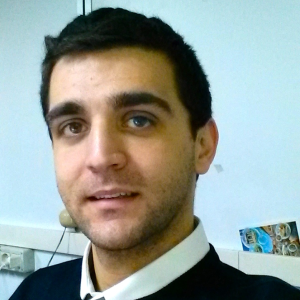
Advisor
Research Topic
Methods and tools of Software Engineering for modeling, analysis and implementation of distributed sensor, measurement and control systems with applications to Cyber-Physical Systems
Research Abstract
Cyber-physical systems (CPS) are examples of advanced technological systems which connect a computer system, running a concurrent/parallel software, with the actual environment, that is a controlled physical system.
A CPS consists in particular of three subsystems:
– the physical sensors and actuators through which it is possible to interface the controlled environment;
– the cyber part, i.e. the software components controlling the physical part;
-the communication network, which supports the necessary steps aimed at creating connections/interactions between the cyber and physical part and is based on specific protocols.
The challenge of CPSs is the interaction between the physical world and the cyber world, trying to combine models and methods of mechanical, environmental, chemical, industrial engineering with those of computer science. In this sense, CPSs appear as a multidisciplinary field, which brings together experiences of different research groups. Nowadays, in addition to the CPS, the new area of research of Internet-of-things (IoT) also fosters approaches where uniquely identified physical objects communicate with other objects and their distributed systems, through Internet standards. The research goals are to develop and to experiment a new methodology for the design, the evaluation and the implementation of CPS and IoT systems. The methodology involves two main tasks. The first one concerns the adoption of a multi-agent paradigm for building the application software with high standards of modularity and evolution. In this task too the aim is to prototype tools tailored to the analysis (through model checking and simulation) of concurrent and time sensitive aspects of CPSs.
The second task is directed to the physical part, and in particular, to the development of uncertainty models from the analysis of simulations, with the purpose to:
– increasing the accuracy of sensor measurements;
– increasing the coordination of sensor measurements by including and characterizing the results in a more predictable way.